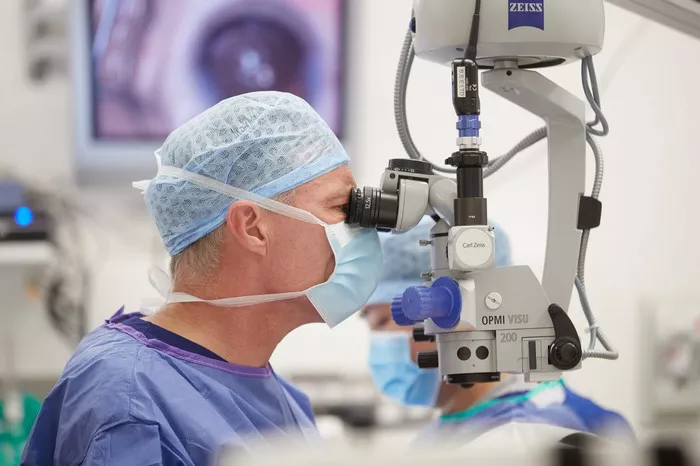Recent research indicates that low-dose glucocorticoids can significantly lower the risk of secondary glaucoma in children following cataract surgery, especially in those with longer axial lengths. This finding comes in contrast to high-dose glucocorticoid treatment.
Study Overview
A study conducted by researchers in Denmark analyzed the effects of glucocorticoid dosage on the development of secondary glaucoma in children after cataract surgery. The study reviewed medical records of children who had cataract surgery up to 2016 and included prospective data for those treated from 2017 to 2021.
Study Details
Participants
267 children (388 eyes; 120 girls) under the age of 10 from two specialized centers in Denmark.
Treatment Groups
Low-dose glucocorticoids (173 children)
High-dose glucocorticoids (95 children)
Follow-Up Period
Median of 40.5 months for the low-dose group and 89 months for the high-dose group.
Primary Outcome
Incidence of glaucoma or ocular hypertension lasting over 3 months post-surgery.
Secondary Outcome
Incidence of opacification of the visual axis.
Results
Glaucoma Incidence: Out of the 267 children, 21 (34 eyes) were diagnosed with glaucoma or ocular hypertension. Both eyes were affected in 13 of these children.
Effectiveness of Low-Dose Treatment: Low-dose glucocorticoids reduced the risk of secondary glaucoma or ocular hypertension in children with axial lengths of ≥ 18 mm compared to high-dose glucocorticoids (P = .0008). No similar benefit was observed in children with axial lengths < 18 mm.
Risk Comparison: In the first 2 years after surgery, the estimated risk of glaucoma or ocular hypertension was 10% in the high-dose group and 1% in the low-dose group.
Visual Axis Opacity: Reported in 57 children (69 eyes) with similar incidences in both high and low-dose groups.
Clinical Implications
The study highlights that low-dose glucocorticoid treatment after cataract surgery is more effective at reducing the risk of glaucoma in children with longer axial lengths. This effect was not seen in children with shorter axial lengths.
Study Leadership
The research was led by Diana Chabané Schmidt from Copenhagen University Hospital, Rigshospitalet, and was published online on August 12, 2024, in Acta Ophthalmologica.
Limitations
The study’s non-interventional design, potential selection bias, and unknown confounders may limit the findings. The broad age range of participants could also influence the risk of secondary glaucoma.
Funding and Support
The study was supported by several organizations, including the Danish Eye Research Foundation, Helsefonden, Fight for Sight, Synoptik Foundation, and others.
Related topics:

